Ground shipping is currently paused. Local deliveries throughout Long Island will continue as usual. Pre-orders for fall are now open. Non-local orders will begin shipping again in early September. Click here to learn more.
Ground shipping is currently paused. Local deliveries throughout Long Island will continue as usual. Pre-orders for fall are now open. Non-local orders will begin shipping again in early September. Click here to learn more.
| Size | |
|---|---|
| Common Name | |
| Type | |
| Family | |
| Native? | |
| Zone | 4, 5, 5b, 6, 7, 8, 8b, 9 |
| Height Range (ft.) | 3.00 to 6.00 |
| Spread (ft.) | 3.00 to 6.00 |
| Bloom Time | |
| Bloom Description | Clusters, five-petaled flowers, White to Pinkish |
| Sun | |
| Water | |
| Maintenance | |
| Suggested Use | Erosion Control, foundation plantings, Hedge, naturalized areas, wildlife gardens |
| Tolerate | |
| Growth Rate | |
| Attracts |

Aronia arbutifolia, or Red Chokeberry, is a native shrub with white spring flowers, red fall foliage, and bright berries that persist into winter.
$18.99
Please note: Sizes 1.5 Gallon and up can’t be shipped outside the counties of Nassau, Suffolk, and Queens.
Learn more about how the process works and how our plants are delivered.
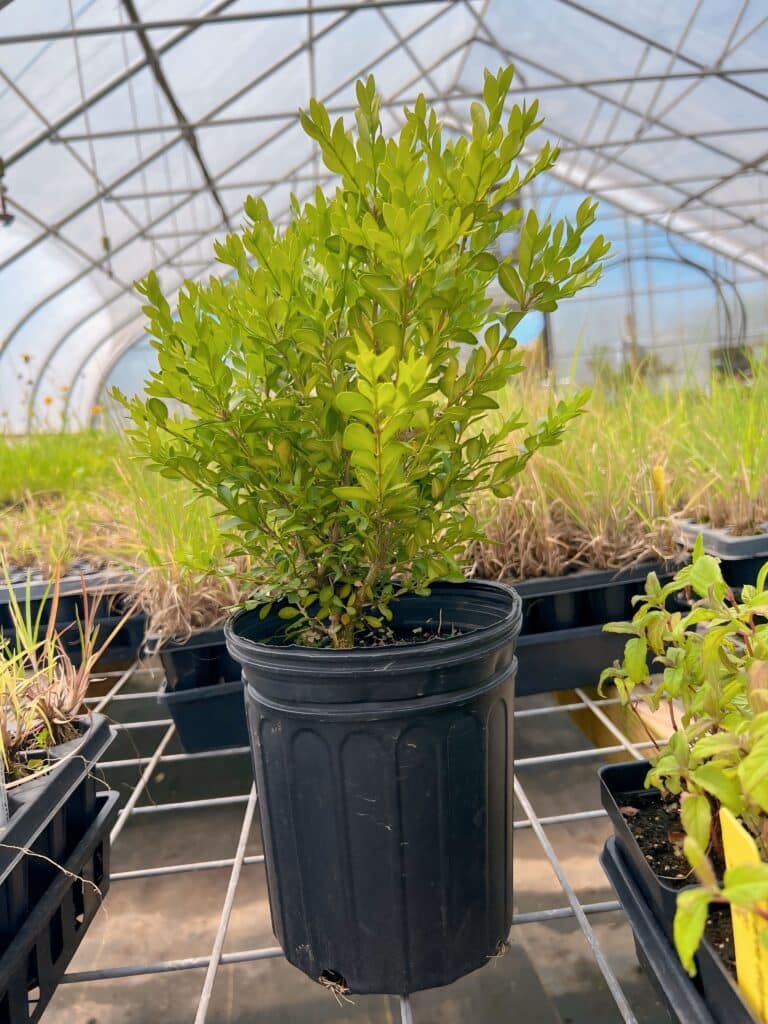

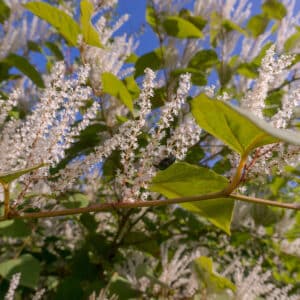
Ground shipping is paused due to summer heat. Only local delivery (Long Island & Queens) is available. Orders placed during the pause will begin processing September 1, and ground shipping will resume September 15.
| Size | |
|---|---|
| Common Name | |
| Type | |
| Family | |
| Native? | |
| Zone | 4, 5, 5b, 6, 7, 8, 8b, 9 |
| Height Range (ft.) | 3.00 to 6.00 |
| Spread (ft.) | 3.00 to 6.00 |
| Bloom Time | |
| Bloom Description | Clusters, five-petaled flowers, White to Pinkish |
| Sun | |
| Water | |
| Maintenance | |
| Suggested Use | Erosion Control, foundation plantings, Hedge, naturalized areas, wildlife gardens |
| Tolerate | |
| Growth Rate | |
| Attracts |
Aronia arbutifolia, commonly known as Red Chokeberry, is an adaptable native shrub that offers four-season interest and strong ecological value. Reaching 6 to 10 feet tall, this upright, multi-stemmed shrub features clusters of white spring flowers, bright red berries in fall and winter, and vibrant red foliage in autumn. The berries persist into winter, providing food for birds and seasonal color in the landscape. Red Chokeberry is ideal for naturalistic plantings, rain gardens, hedgerows, and wildlife-focused landscapes.
Four-season appeal: Spring blooms, fall color, and persistent red berries
Wildlife value: Berries attract birds; flowers support pollinators
Easy care: Adaptable to a range of soils and low-maintenance once established
Sun exposure: Grows in full sun to part shade
Soil needs: Tolerates wet to dry soils; ideal for rain gardens and hedgerows
Maintenance: Prune to shape or manage suckering growth if desired
Native hedgerows: Provides seasonal color and structure along property edges
Rain gardens: Thrives in wet conditions and helps manage stormwater
Wildlife gardens: Supports birds, pollinators, and beneficial insects
Native species: Contributes to local ecosystems and supports biodiversity
Erosion control: Fibrous root system helps stabilize soil
Pollinator support: Spring flowers attract native bees and early insects
/5
Total reviews
|
|
Persons recommended this product
Anonymous
Shopper
check_circle Verified
Shop owner replied
Was this helpful
Anonymous
Shopper
check_circle Verified
Shop owner replied
Was this helpful
There are no reviews yet.
Be the first to review “ ”
Your feedback helps us improve our service.
Please log in to submit a review.
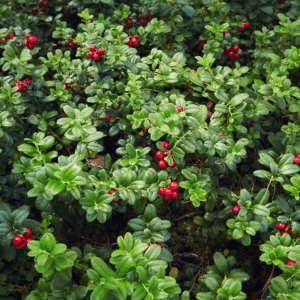
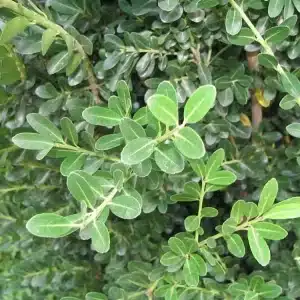
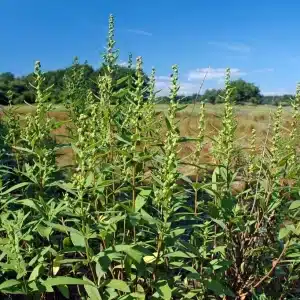
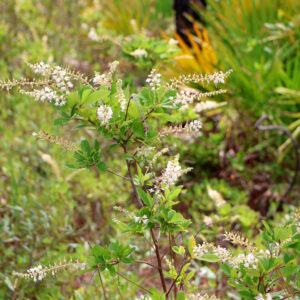
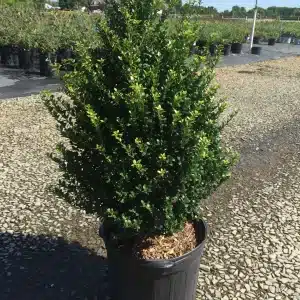

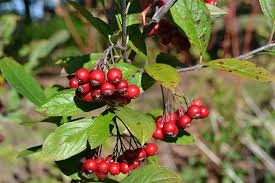
Yes. Aronia arbutifolia is native to the eastern United States, commonly found in wetlands, thickets, and forest edges. It’s an excellent native shrub for supporting pollinators, birds, and other wildlife, and it performs well in both naturalized and ornamental plantings.
Yes. Red Chokeberry produces bright red berries in late summer to fall, which are edible for humans but very tart and astringent when raw—hence the name “chokeberry.” The berries are rich in antioxidants and can be used in jams, jellies, and juices.
Red Chokeberry typically grows 6 to 10 feet tall and 3 to 6 feet wide, forming an upright, multi-stemmed shrub. It can spread by suckers, creating colonies over time, which makes it useful for hedgerows, screens, and erosion control.
Red Chokeberry grows best in full sun to partial shade and prefers moist, acidic, well-drained soils, though it can tolerate periodic flooding or dry conditions once established. It is hardy in USDA zones 4 through 9, making it versatile across a wide range of climates.
Absolutely. The fragrant white flowers in spring attract bees and other pollinators, while the fall berries provide food for birds and small mammals. Its dense form also offers excellent nesting and shelter opportunities, making it a top choice for native and habitat gardens.
Our gift cards make it easy to share the beauty of plants, flowers, and all things green. Whether for a special occasion or just because, give the gift of choice and let them select their favorites to create a garden they’ll cherish.
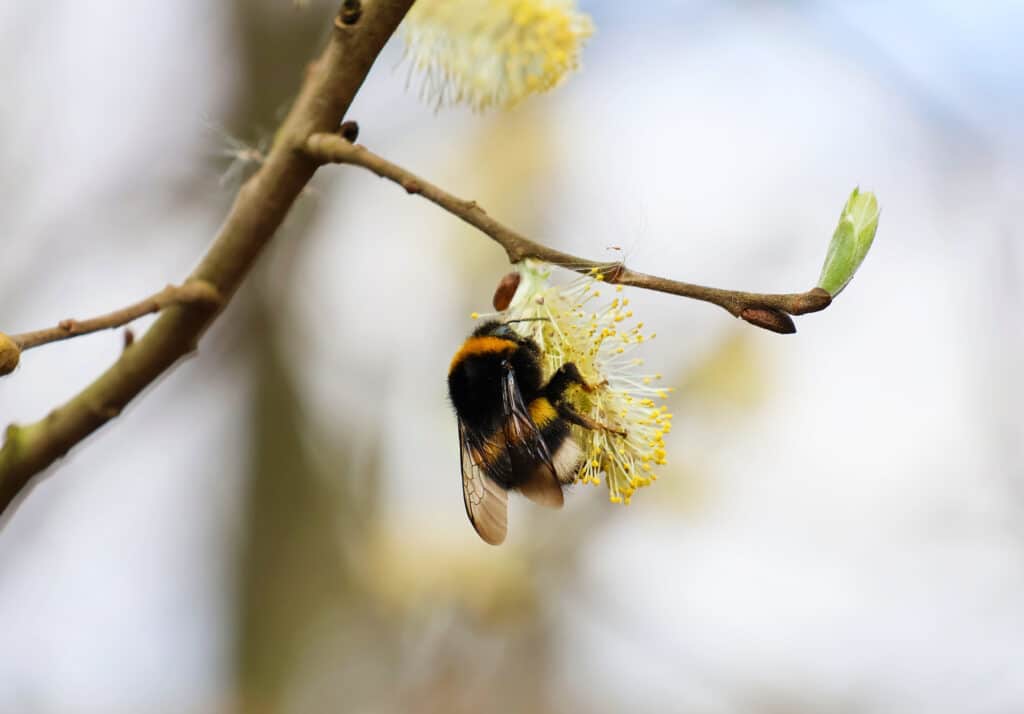
Only Local Delivery Available (Long Island & Queens)
Ground Shipping Paused
To protect our plants from extreme summer heat, we’ve paused nationwide ground shipping to avoid any damage during transit.
Local Delivery Only
We’re still delivering locally to Long Island and Queens, so nearby customers will continue to receive orders as usual.
Fall Pre-Orders Are Open Nationwide!
We will resume normal shipping for non-local orders placed during the pause in early September.
Thank you for your support and understanding—we’re looking forward to growing with you this fall!